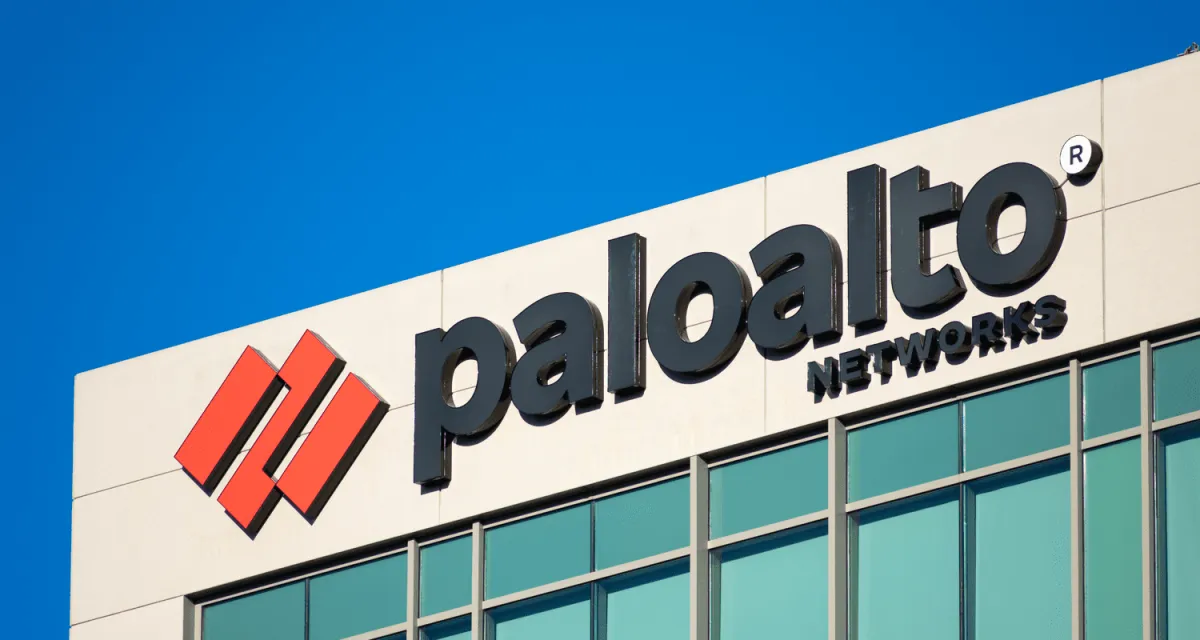Palo Alto Networks to Acquire Chronosphere for $3.35 Bn, Bolstering AI-Era Observability
The deal is expected to close in the second half of Palo Alto Networks’ fiscal 2026, subject to customary regulatory approvals.

Palo Alto Networks today announced a definitive agreement to acquire Chronosphere, a next-generation observability platform engineered for modern AI workloads, for $3.35 billion in cash and replacement equity awards.
The deal is expected to close in the second half of Palo Alto Networks’ fiscal 2026, subject to customary regulatory approvals.
“The foundational requirement for every modern AI data center is constant uptime and resilience, which demands real-time, always-on observability delivered at the right cost. Chronosphere was built to scale for the data demands of the AI era from day one … once we leverage AgentiX with Chronosphere, we will take observability from simple dashboards to real-time, agentic remediation,” Palo Alto CEO Nikesh Arora said.
By combining Chronosphere’s optimized data-ingestion architecture with its Cortex AgentiX AI-agent platform, Palo Alto aims to enable autonomous IT remediation—letting agents not only detect performance problems but also investigate root causes and self-heal.
“We founded Chronosphere to provide scalable resiliency for the world’s largest digital organisations. Palo Alto Networks is the perfect strategic partner … accelerating our momentum in solving the most complex data and resiliency challenges,” Martin Mao, co-founder and CEO of Chronosphere, added.
As of the end of September 2025, Chronosphere reported annual recurring revenue (ARR) of over $160 million, fueled by triple-digit year-over-year growth.
Positioned as an “always-on” observability solution built for the scale of AI, Chronosphere was recognised as a Leader in the 2025 Gartner Magic Quadrant for Observability Platforms.
Once the acquisition closes, the integrated observability-security solution will provide customers with deeper visibility across security and performance data at petabyte scale, while delivering better cost-efficiency at large scale.
Comments ()